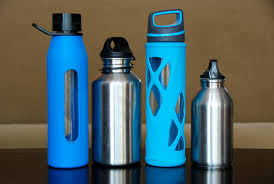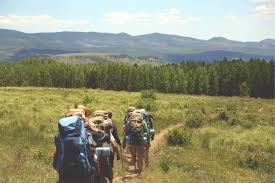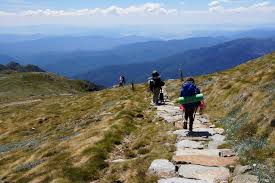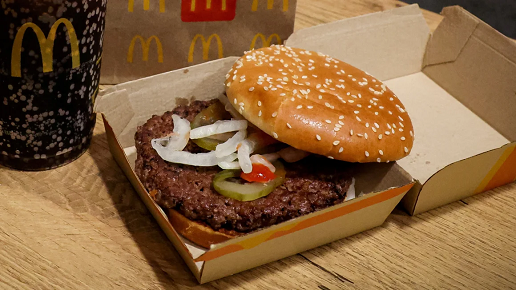With summer officially here, many people are excited to go hiking along their favorite local trails or tackle an out-of-town bucket-list hike. But before you grab your backpack and race out the door, hiking and safety officials urge caution.
Temperatures are already soaring in many parts of the nation and around the world, and high heat has the potential to make any hike risky — and even deadly.
Earlier in June, a young couple was rescued on a hiking trail in the California desert after running out of water and becoming dehydrated. The boyfriend was conscious during the rescue, but the girlfriend appeared unconscious, and medical officials referred to her “severe condition,” according to KTLA in Los Angeles.
Others have not been as fortunate. Last year, a 14-year-old boy died while hiking with two family members in Texas’ Big Bend National Park. The temperature was 119 degrees Fahrenheit (48 degrees Celsius). In 2021, a couple, their 1-year-old child and their dog all died in California while hiking in Devil’s Gulch Valley on an extremely hot day. Experts said they likely perished from hyperthermia (an abnormally high body temperature) and dehydration.

Despite these heat-related dangers, it’s possible to hit the trails safely when temperatures soar. Here’s how to do so, according to experts./PxHere
In Phoenix, where more than 200 hikers are rescued every year — mostly due to hiking during the hottest part of the day — the city instituted a program to close certain trails when the heat reaches excessive levels.
How to tackle hiking in the heat
Despite these heat-related dangers, it’s possible to hit the trails safely when temperatures soar. Here’s how to do so, according to experts.
Prepare for a hot hike ahead of time
Whether it’s hot or cool, you should be in reasonable shape before tackling any hike. If you’re planning a hilly, 5-mile trek, for example, make sure you’re able to hike 5 challenging miles before arriving at the trailhead.
To prepare for heat, become acclimatized to hot weather. You can do so by taking short, easy hikes in warm weather, progressing up to longer, more difficult hikes in hot weather. If that’s not possible and you’re traveling to a hot locale for your hike, schedule the trek several days into the trip when your body will be more accustomed to the weather.
It’s also good to know your sweat rate, said Dr. Floris Wardenaar, an assistant professor of nutrition at Arizona State University in Phoenix. Wardenaar, who studies the physiological aspect of hiking, recommended weighing yourself before and after several hikes, then comparing any weight loss with the amount of water you consumed during the hike.
“Body mass loss is a good proxy marker of sweat loss,” Wardenaar said. “You shouldn’t lose more than 2% of your body weight on a hike.” If you’re losing more weight than that, you should be drinking more fluids.
Load up on water and carry a water filter
Water is essential for any hike, no matter the season — but it’s critical in hot weather. Unfortunately, many people underestimate the amount of water they’ll need.
Hike in the morning, preferably on shady trails
“The benefit of hiking earlier in the day versus later in the evening is that in the evening, the earth still holds heat from the day,” Wardenaar said. “It will radiate from the rocks, too.”

A neck buff and hiking gloves are also a good idea, said Abe Christian, operations manager for the Florida Trail Association. The Florida Trail meanders more than 1,200 miles (1,931 kilometers) through the state, from Big Cypress Swamp on the southern tip of the peninsula to Fort Pickens in the panhandle./StockSnap.io
If possible, select a trail that winds through shady woods, along water or even in a cool canyon or cave. This way, should you struggle with the heat, you can find shade and water for cooling off.
Wear light, loose clothing that covers most of your skin
A long-sleeve shirt and pants might seem counterintuitive on a hot day, but they’ll prevent sunburn and stop your skin and body from heating up.
A neck buff and hiking gloves are also a good idea, said Abe Christian, operations manager for the Florida Trail Association. The Florida Trail meanders more than 1,200 miles (1,931 kilometers) through the state, from Big Cypress Swamp on the southern tip of the peninsula to Fort Pickens in the panhandle.
“There are plenty of places on the Florida Trail where the sun can beat you to death,” Christian said. “So you need to cover your skin as best as possible.”
The buff can also double as a compress should the heat get to you. Just dip it in water and place on your head and neck.







